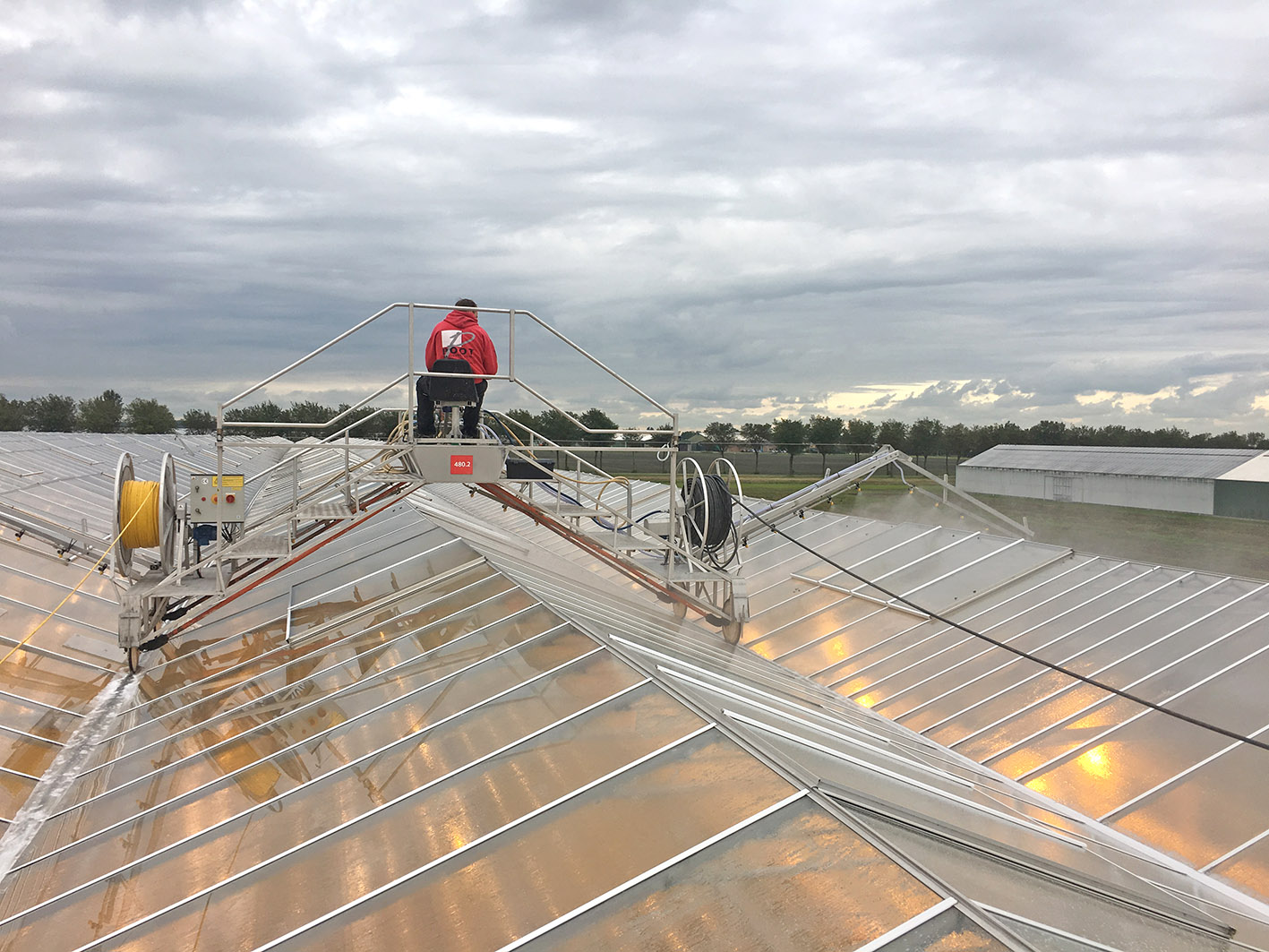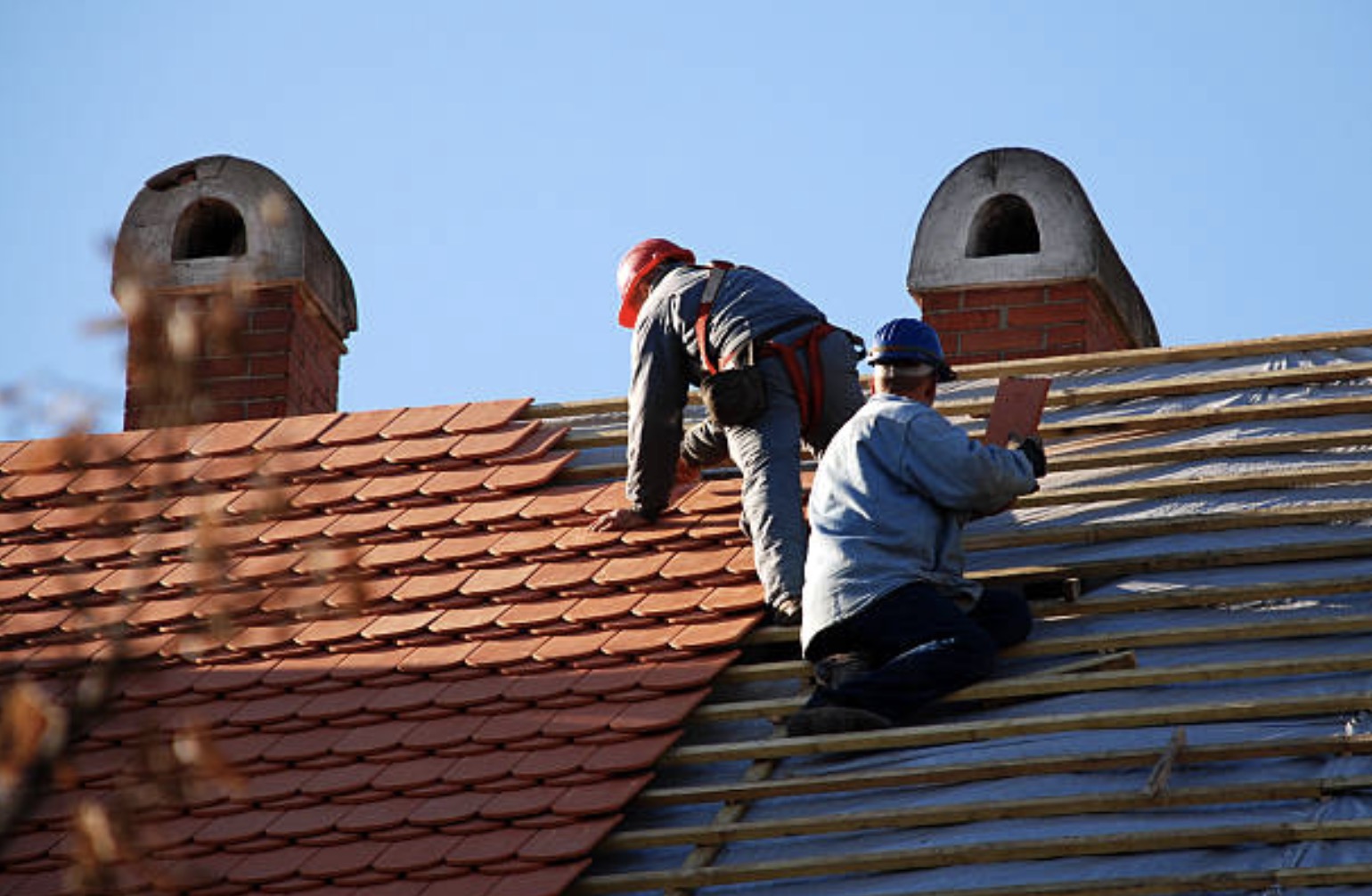 10-year Premium White Elastomeric Roof Coating
10-year Premium White Elastomeric Roof Coating
If you believe you'll be conserving the roofing decking plywood (not replacing it), then you might save yourself some cleanup difficulty by getting rid of the components initially and after that peeling up the rubber! Detail of water damage on camper roofing. More water harmed areas on Recreational Vehicle roofing decking. There was nothing actually dreadful that made me seem like I was going to fail, but definitely a great deal of damage and I was getting the feeling I would be changing a lot of the roof decking plywood.
 30 Roof Coating Ideas
30 Roof Coating Ideas
I Thought About This: http://rylanlwou045.xtgem.com/elastomeric%20roof%20coatings%20for%20leaks%20repair%20and%20maintenace
I went for the simplest one initially, a vent cap from a cooking area sink plumbing vent pipe. Starting to scrape caulk and sealant. I utilized a stiff scraper with a chisel-like blade and simply started spying and breaking and scraping and hacking. There is no other method around this, you just need to start digging up until you expose the screw heads.
Unscrewing the screws in vent cap. The screws on this vent cap were hex-head metal screws so I utilized a small socket motorist to remove them. Some came out clean. Others were rusted and I needed to utilize a vice-grip pliers to grab the heads and turn them bit by bit.
I found an old wasp nest inside the vent cover. This is a sight I'll most likely have to get used to, discovering the remains of animal habitation in every nook and cranny. I spend a dreadful lot of my time developing excellent wildlife environment in my yard so I don't get upset when a creature picks to set up home in my RV.
Elastomeric Coatings For Metal Roofs
Thankfully nobody was home in this old nest so I just tossed it. Possibly I'll put a screen over it when replacing it. Which brings us to the next point. You should attempt not to damage these pieces (like vent covers and caps) as you're scraping off the old caulk and sealant simply in case you need to utilize them again.
(Guess I'll discover when the roofing system is done!) Prying up the vent cap and removing the last ring of rubber roof beneath. So I pried up the remainder of the cap and scraped up the staying rubber roof and butyl tape and putty and 25 years of other gunk and here's how it looks tidied up.
 How To Apply Elastomeric Roof Coating
How To Apply Elastomeric Roof Coating
One down, 7 more components to go. Next I decided to deal with the only roof ventilation fan that my camper has. My roof vent likewise had a vent cover over it. So I began scraping the gunk from those screws. Beginning on the roofing vent. Hardware exposed on roof vent cap, the very first nut came off tidy.
 A Coatings Specialist Explains How To Correctly Apply Roof Coating
A Coatings Specialist Explains How To Correctly Apply Roof Coating
Bolt is spinning. The fasteners on this RV roof vent cover were nuts on little bolts. The first one came off great with an extension socket kit. The 2nd one simply began spinning, implying the bolt was not repaired in place but turning along with the nut. Bummer. A peek at the hardware holding down the roofing system vent cover.
Quick Setting Elastomeric Roof Coating
I didn't have any excellent way to hold the bolt in place so rather I decided to saw through the bolts with a reciprocating saw. Sawing through bolts on roof vent cover. I utilized a cordless reciprocating saw with a metal-cutting blade but it was difficult to get the blade flat enough to reach the bolts so near to the roofing deck. Many were so old and rusted that they sheared off when I loosened then with a lot of force. Loosening the brackets that held the vent cover in location. Then I scraped more caulk and roof sealant off the flange of the roof vent itself. I quickly discovered there were no more screws or hardware holding it down so I provided up on the scraping and went inside the Recreational Vehicle After scraping the caulk and sealant from flange of roof vent, no more screws! Loosening the within cover plate of roofing vent fan in Recreational Vehicle restroom.
A couple sheared off with a great deal of force, but two wouldn't budge. So I needed to drill out the screw heads. I chose a drill bit near the size of the shaft of the screws that I had currently taken out and began drilling. Selecting a drill bit for drilling out a screw head.
Security glasses suggested. So I drilled out the heads, one popped off and the other I was getting frustrated with and gave it a pull before it was drilled through. Rather of popping off the screw head, the plastic just disappeared around the hot screw head. Whoops. Hope I do not need to recycle this cover.
If not, I'll need broader screw heads when re-assembling. Cover plate eliminated from roofing vent. Next I discovered little corner brackets with hex-head bolts holding them in. I loosened them (all came out fine fortunately) and took out the brackets and little white plastic spacers. Loosening corner brackets in roof vent.
Cool King – 7-year White Reflective Elastomeric Roof Coating
https://www.youtube.com/embed/IR9lRAMiHLk
All corner brackets removed, ready to take out. Once the brackets were out I returned up top to pry out the the roof vent. Then I scraped up all the staying gunk and rubber roof. Raising off the old roofing system vent. There are two wires going to the roofing system vent (a black hot wire and a white neutral wire) that you'll need to clip to eliminate the old vent.

 Log in with Facebook
Log in with Facebook 
 Roof Coat Elastomeric Coating Product Data Sheet
Roof Coat Elastomeric Coating Product Data Sheet How To Apply Elastomeric Paint (With Pictures)
How To Apply Elastomeric Paint (With Pictures) Tips For Choosing The Best Roofing Contractor
Tips For Choosing The Best Roofing Contractor How To Choose The Best Roofing Contractor
How To Choose The Best Roofing Contractor




